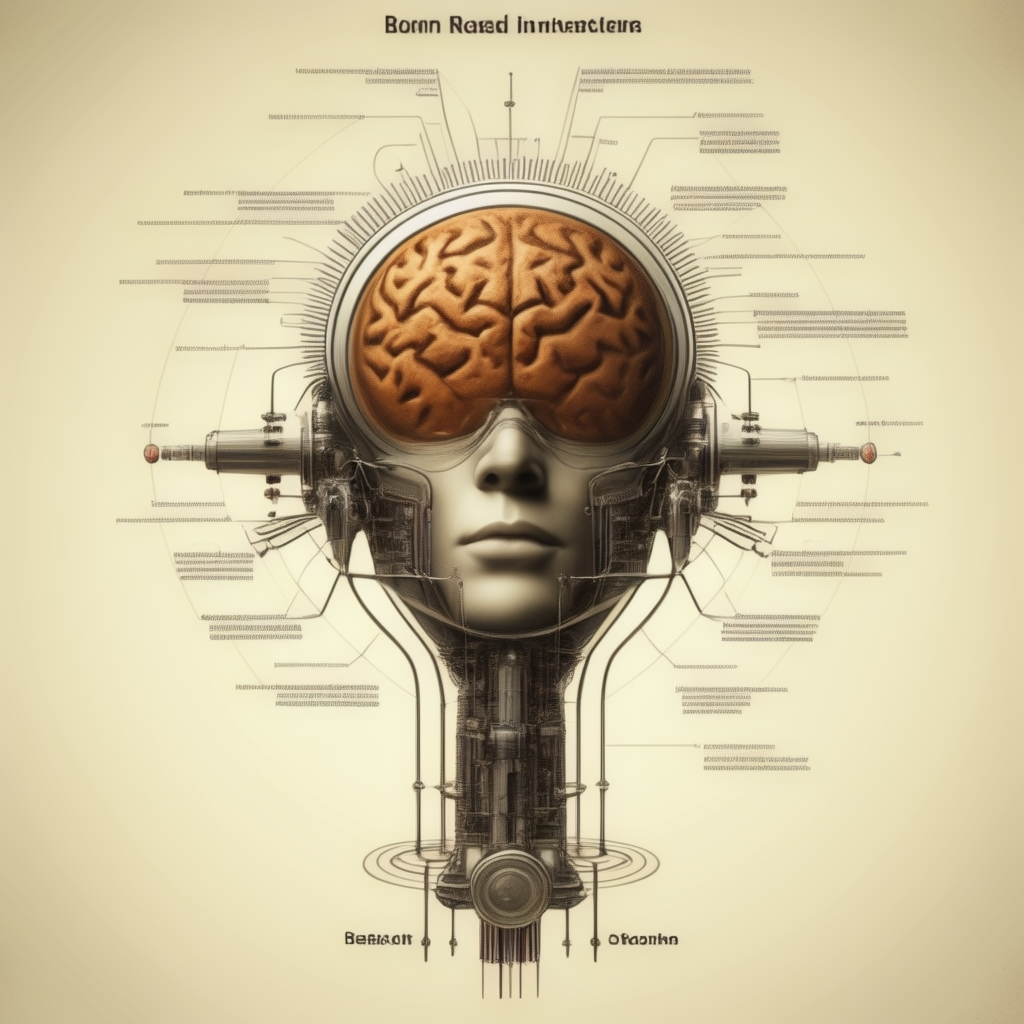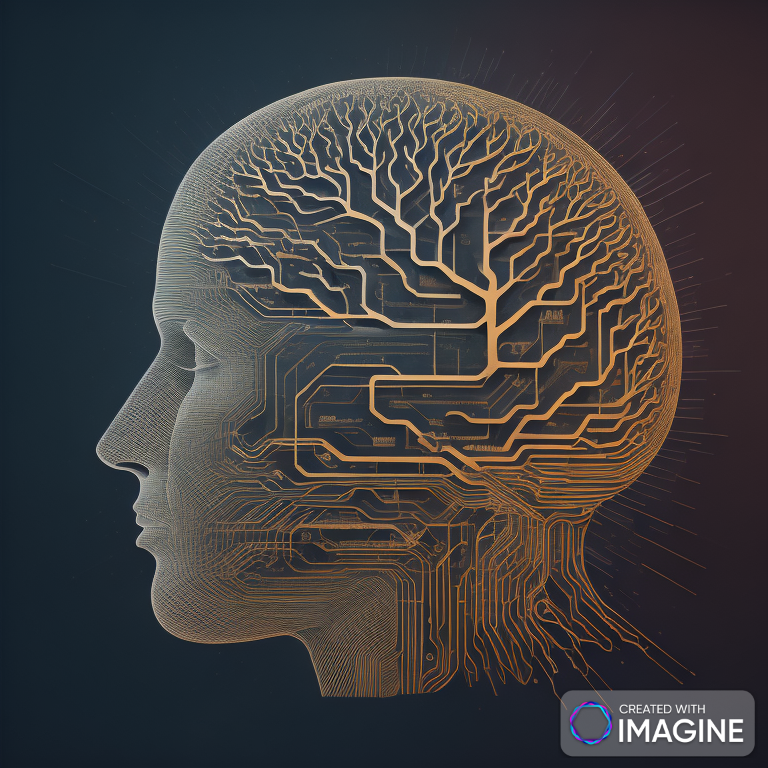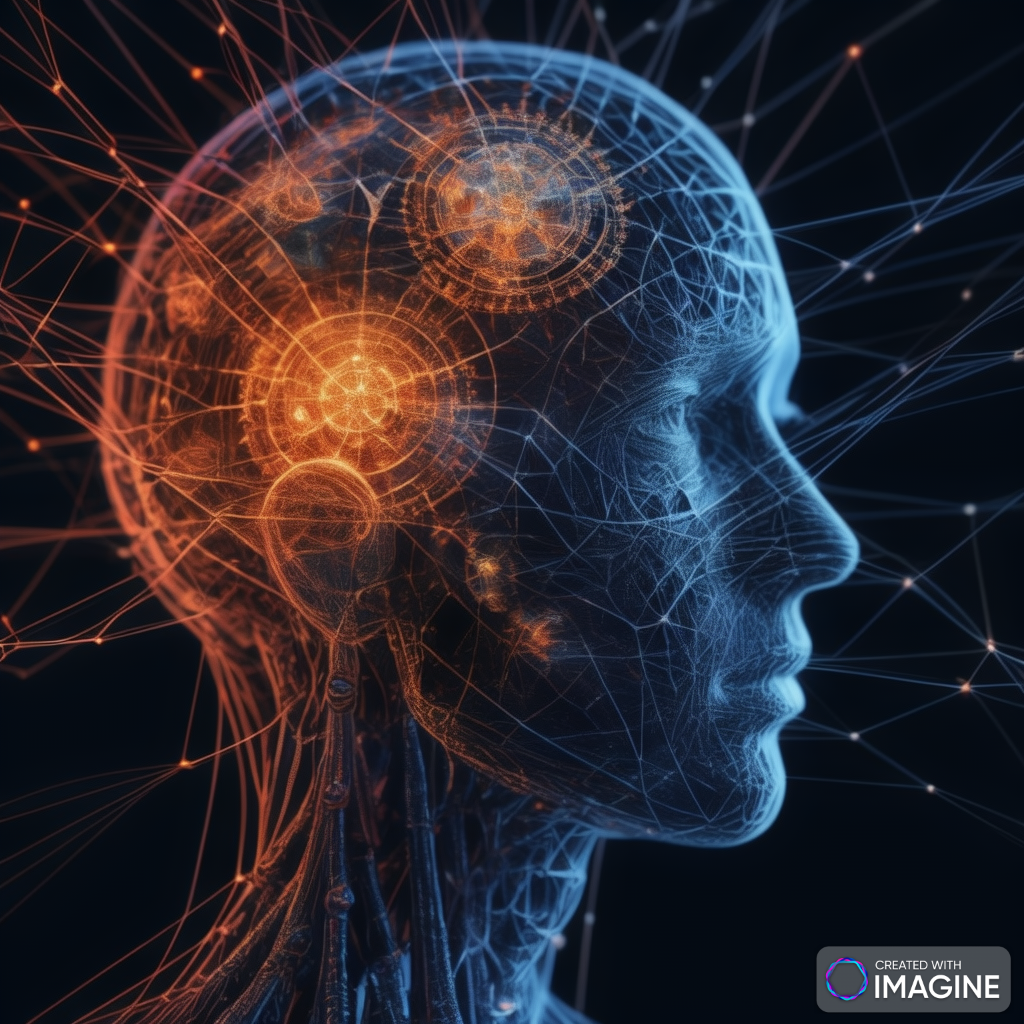Artificial Intelligence (AI) relies on sophisticated algorithms and efficient data structures to process information, make decisions, and learn from data. Understanding the intricacies of these algorithms, the significance of data structures, and the complexities involved is crucial for delving into the realm of AI.
1. Foundations of AI Algorithms:
AI algorithms form the backbone of intelligent systems. They can be categorized into:
- Search Algorithms: Techniques like Depth-First Search (DFS) and Breadth-First Search (BFS) are fundamental in AI for navigating through solution spaces.
- Optimization Algorithms: Algorithms such as Gradient Descent and Genetic Algorithms are pivotal for optimizing models and enhancing performance.
- Clustering Algorithms: Unsupervised learning algorithms like K-Means Clustering aid in grouping similar data points.
- Classification Algorithms: Essential for tasks like image recognition and natural language processing, including Support Vector Machines (SVM) and Decision Trees.
2. Data Structures in AI:
- Graphs: Graph structures are employed in algorithms like A* for pathfinding and decision-making processes.
- Trees: Decision Trees are used for classification tasks, forming a hierarchical structure for efficient decision-making.
- Hash Tables: Essential for quick retrieval of information, vital in AI for data indexing and storage.
- Queues and Stacks: These basic structures support various AI algorithms, including BFS and DFS.
3. Algorithmic Complexities in AI:
- Time Complexity: AI algorithms often handle massive datasets. Efficient algorithms with low time complexity are essential for timely decision-making.
- Space Complexity: AI models must be optimized in terms of memory usage. Algorithms with low space complexity are favored for resource-efficient implementations.
- Computational Complexity: Quantifying the computational resources required for an algorithm is critical, especially in resource-intensive AI tasks.
- Big-O Notation: Understanding the scalability and efficiency of algorithms using Big-O notation is fundamental in AI development.
4. Challenges and Innovations:
- Handling Big Data: AI systems face challenges in processing vast amounts of data efficiently. Distributed algorithms and parallel processing are employed to tackle this issue.
- Optimizing Neural Networks: Deep learning algorithms, particularly neural networks, demand optimization techniques to enhance training speed and accuracy.
- Real-time Decision-Making: In applications like autonomous vehicles, algorithms must make split-second decisions. Real-time complexities pose unique challenges.
5. Future Trends:
- Quantum Computing: The potential integration of quantum computing can revolutionize AI algorithms, solving complex problems at unparalleled speeds.
- Explainable AI: The need for transparent and interpretable AI algorithms is growing, especially in critical applications where decision rationale must be understandable.
- AI Hardware: Advancements in specialized hardware, like AI accelerators, contribute to more efficient algorithm execution.
6. Ensemble Learning Techniques:
- Random Forests: A popular ensemble technique, Random Forests leverage multiple decision trees to improve accuracy and robustness in classification and regression tasks.
- Boosting Algorithms: Algorithms like AdaBoost and Gradient Boosting enhance the performance of weak learners, leading to more accurate and powerful models.
7. Reinforcement Learning Frameworks:
- Q-Learning: A classic reinforcement learning algorithm, Q-learning is fundamental in training agents to make sequential decisions in dynamic environments.
- Policy Gradient Methods: These methods, including REINFORCE, enable learning policies for agents in continuous action spaces, crucial for applications like robotics.
8. Explainability in AI Algorithms:
- LIME (Local Interpretable Model-agnostic Explanations): Addressing the interpretability challenge, LIME provides insights into the decisions made by complex models, making AI more transparent.
- SHAP (SHapley Additive exPlanations): An approach rooted in cooperative game theory, SHAP values offer a comprehensive way to interpret the output of machine learning models.
9. Handling Imbalanced Datasets:
- Resampling Techniques: Addressing class imbalance is crucial. Techniques like oversampling the minority class or undersampling the majority class help create balanced datasets.
- Cost-sensitive Learning: Assigning different misclassification costs to different classes ensures that the model prioritizes correctly predicting the minority class.
10. Evolutionary Algorithms in Optimization:
- Genetic Algorithms: Inspired by natural selection, genetic algorithms are applied in optimization problems, evolving solutions over generations to find optimal configurations.
- Differential Evolution: Widely used for function optimization, differential evolution perturbs candidate solutions to explore the solution space efficiently.
11. Transfer Learning Strategies:
- Feature Extraction: Leveraging pre-trained models for feature extraction helps in training models on smaller datasets, improving generalization to new tasks.
- Fine-tuning: Adapting a pre-trained model to a specific task by fine-tuning its parameters is a common strategy, reducing the need for extensive training.
12. Edge AI and Edge Computing:
- On-device Processing: Edge AI involves deploying models directly on edge devices, reducing reliance on centralized servers and addressing latency concerns.
- Efficient Inference: Optimizing algorithms for low-power edge devices is crucial for applications like IoT, enabling real-time processing without heavy computational loads.
13. Challenges in Natural Language Processing (NLP):
- Ambiguity Handling: Dealing with linguistic ambiguity and context-dependent meanings poses challenges in developing robust NLP algorithms.
- Semantic Understanding: Enhancing algorithms for better semantic understanding involves addressing nuances and context intricacies in human language.
14. AI in Healthcare and Ethical Considerations:
- Clinical Decision Support: AI algorithms aid in clinical decision-making, but ethical considerations, patient privacy, and biased outcomes must be carefully addressed.
- Interpretability in Medical AI: Ensuring that healthcare AI models are interpretable is crucial for gaining trust among healthcare professionals and patients.
15. Continuous Learning and Adaptability:
- Online Learning Techniques: AI systems that can adapt to changing data over time use online learning techniques, allowing them to continuously learn and improve.
- Concept Drift Handling: In dynamic environments, algorithms must adapt to changes in underlying patterns, known as concept drift, ensuring continuous relevance.
16. Graph Algorithms and Use Cases:
- Dijkstra’s Algorithm: Used for finding the shortest paths between nodes in a graph, applicable in network routing and logistics optimization.
- PageRank Algorithm: Essential for ranking web pages in search engines, it evaluates the importance of nodes in a directed graph.
- Applications: Social network analysis, recommendation systems, and network flow optimization.
17. Time and Space Complexities:
- Big O Notation: Expressing algorithmic complexity, Big O helps analyze the upper bound of the running time or space requirements of an algorithm.
- Examples: O(1) for constant time complexity, O(log n) for binary search, O(n) for linear search.
18. Trie Data Structure:
- Definition: An ordered tree data structure, Trie is used for efficient retrieval of keys in a database, particularly suited for search engines.
- Use Cases: Autocomplete features in search engines, spell checkers, IP routing tables.
19. Bloom Filters:
- Purpose: A probabilistic data structure, Bloom Filters efficiently test whether an element is a member of a set, with potential false positives.
- Applications: Caching systems, spell checkers, network routers for quick lookups.
20. Machine Learning Model Complexity:
- Bias-Variance Tradeoff: Balancing bias and variance is crucial in designing machine learning models to avoid underfitting or overfitting.
- Overfitting Solutions: Regularization techniques like L1 and L2 regularization, dropout in neural networks.
21. Quantum Computing Algorithms:
- Shor’s Algorithm: A quantum algorithm for integer factorization, threatening current public-key cryptography methods.
- Grover’s Algorithm: Accelerates the search of an unsorted database quadratically faster than classical algorithms.
- Applications: Cryptography, optimization, and solving certain mathematical problems exponentially faster.
22. Complexity in Deep Learning Models:
- Model Size and Training Time: Deep neural networks with millions of parameters may demand extensive computational resources and time.
- Efficiency Solutions: Transfer learning, model pruning, and quantization techniques.
23. Hash Functions and Collision Resolution:
- Hashing Techniques: Open addressing, chaining, and double hashing are methods for handling collisions in hash tables.
- Use Cases: Database indexing, distributed file systems, hash-based data structures.
24. Bayesian Inference and Probabilistic Graphical Models:
- Bayesian Networks: Representing probabilistic relationships among a set of variables, vital for decision-making under uncertainty.
- Use Cases: Medical diagnosis, fraud detection, natural language processing.
25. Natural Language Processing (NLP) Complexity:
- Sequence-to-Sequence Models: NLP tasks like language translation using encoder-decoder architectures involve managing varying sequence lengths.
- Attention Mechanism: Addressing long-range dependencies in sequences, crucial for tasks like summarization.
26. Blockchain Data Structures:
- Merkle Trees: Ensuring data integrity and security in blockchain by verifying the consistency of data blocks.
- Smart Contracts: Self-executing contracts with encoded business logic, executed on blockchain platforms.
27. Gradient Descent Variants:
- Stochastic Gradient Descent (SGD): An iterative optimization algorithm, efficient for large datasets in training machine learning models.
- Mini-Batch SGD: Balancing the advantages of batch and stochastic gradient descent.
- Adaptive Learning Rates: Algorithms like Adam and RMSprop adapt learning rates for improved convergence.
28. Data Compression Algorithms:
- Lempel-Ziv-Welch (LZW): A universal lossless compression algorithm used in file compression formats like GIF and UNIX compress.
- Huffman Coding: Variable-length coding for data compression, widely used in image and text compression.
29. Spatial Data Structures:
- Quadtree and Octree: Hierarchical tree structures for efficient spatial indexing, essential in GIS applications and computer graphics.
- KD-Trees: Partitioning space to organize points in multidimensional spaces, useful in nearest neighbor searches.
30. Hyperparameter Tuning Strategies:
- Grid Search and Random Search: Methods for exploring hyperparameter combinations in machine learning models.
- Bayesian Optimization: Probabilistic models guide the search for optimal hyperparameters more efficiently.
- Applications: Tuning model parameters in support vector machines, neural networks, and gradient boosting.
Exploring the nitty-gritty details of these data structures, algorithms, and complexities provides a comprehensive understanding of their applications, trade-offs, and impact on various domains in computer science and artificial intelligence.







